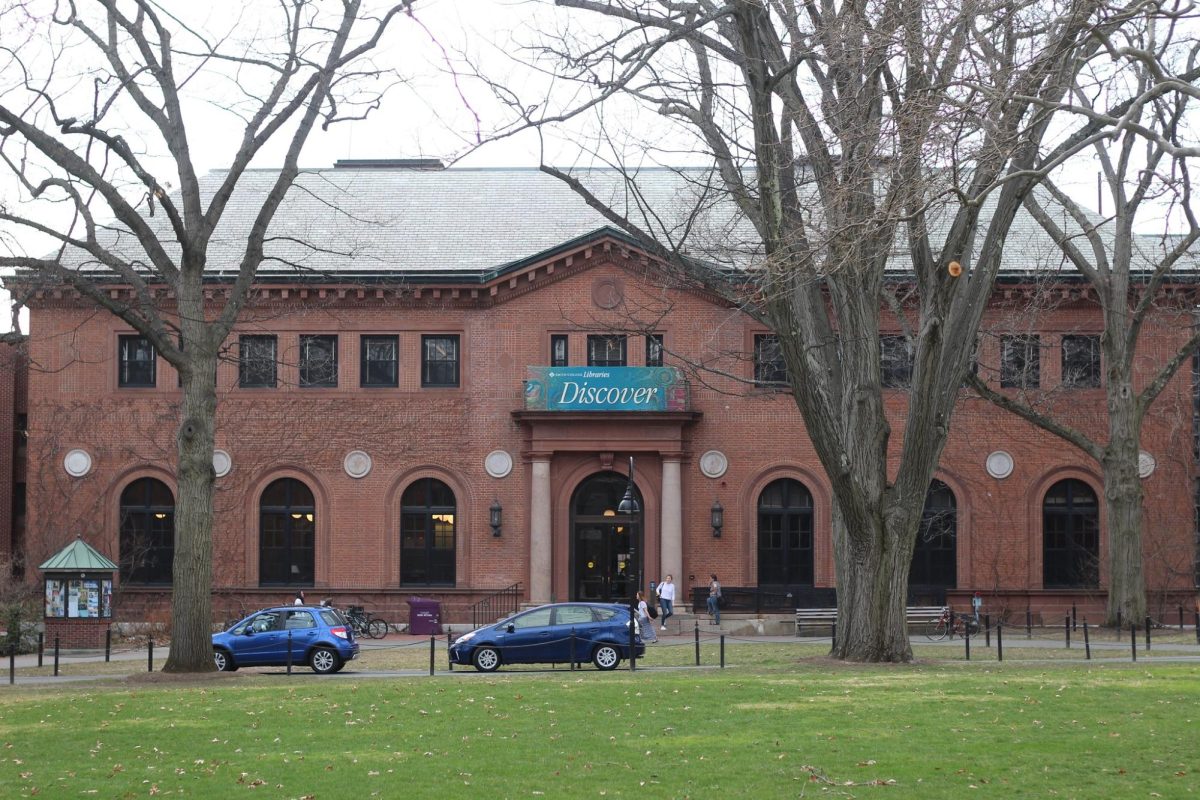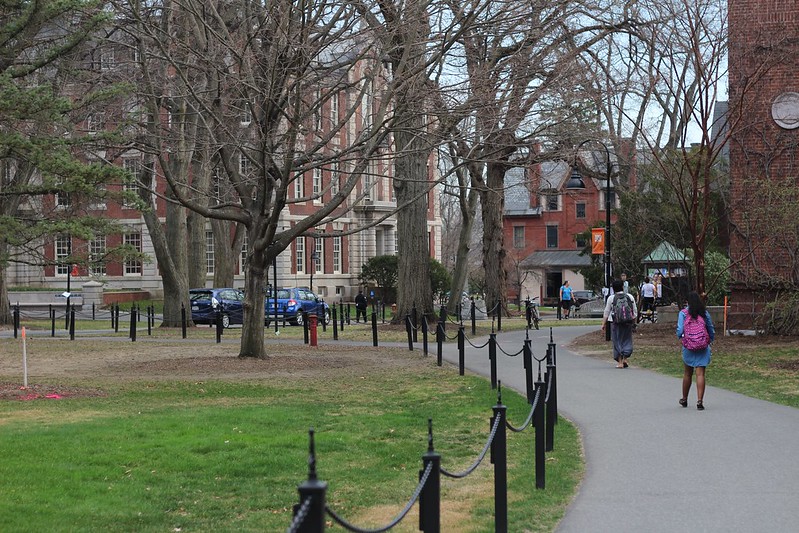In an attempt to fight global climate change, the Amherst College Board of Trustees announced on January 29 the adoption of a Climate Action Plan designed to make the campus carbon neutral by 2030.
According to a letter from Chair of the Board Andrew J. Nussbaum, the board voted unanimously for the decision at its Jan. 25-26 meeting. The decision was based on a recommendation from Amherst President Biddy Martin and the Board’s 2015 statement on Sustainability and Investment Policy.
Nussbaum also notes in the letter that in attempting to reach carbon neutrality, the school will look to make major changes to its energy systems.
“Over the past few years, a College task force of students, faculty and staff has developed this roadmap, with the support of leading outside experts and engagement with other major colleges and universities with demonstrated success in climate action,” Nussbaum writes in the letter. “The task force concluded that an energy transformation would be necessary to achieve reductions that are desirable, necessary and real.”
According to Chief of Campus Operations Jim Brassord, the college, which currently uses fossil fuel as its energy source, plans to switch to a “geothermal based heat pump system,” as an early project within the initiative. This system is designed to generate low-temperature heat and distribute it throughout the campus through a piping network.
The project is still currently in the early stages, with the college in the process of hiring an engineering firm to design the new energy infrastructure.
“It is a complex project, a major project that will take a number of years to implement, and what we will do is start the design process,” Brassord said.
The development of new energy infrastructure is the first step in a larger process of making Amherst College carbon neutral, which, according to Brassord, means “a condition in which the campus does not emit any net carbon as a result of the activities that heat and cool the campus.”
Brassord also hopes to involve students in the project, such as engaging students in the actual design and implementation process and also by intersecting campus curriculum with the Climate Action plan. Such melding of the plan with curriculum is expected to be applied in a variety of courses, such as economics and energy policy.
“We feel it is very important for our students to be part of the design and implementation process so that through experiential education, they can bring the knowledge from our climate action plan into their personal and professional lives after their time at Amherst,” Brassord said.
The Climate Action plan is the most recent in a series of sustainability initiatives Amherst College has started. According to Nussbaum’s letter, the college has reduced its carbon-footprint by 30 percent in the last 10 years and adhered to efficient energy standards in the construction of a new science center and residence halls.
In addition, Amherst partnered with Hampshire, Smith, Williams and Bowdoin Colleges to purchase solar energy from an offsite facility, a partnership that hoped to offset a combined 46,000 megawatt hours each year through solar power.
President Martin said that the partnership sent “an important message that every institution and every individual can be an agent for positive forward movement on the urgent challenge of sustainability.”
Will Mallas can be reached at [email protected] and followed on Twitter @willmallas.




















